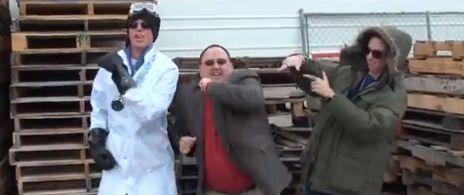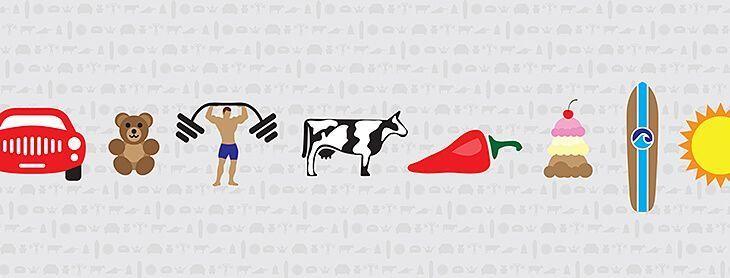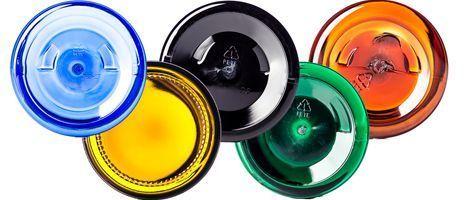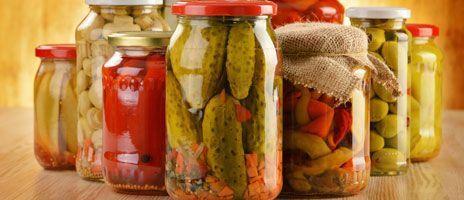The "What Is" Plastics Series: Polyvinyl Chloride (PVC)?


Imagine you're enjoying a picnic. You might not know it, but you're surrounded by plastic, especially by polyvinyl chloride or PVC. This resin is responsible for the comfort of the patio chair you laze in. It's covering the wood picnic table in the form of a checkered tablecloth. Even the salad dressing container is made from this extraordinary plastic.
Polyvinyl chloride, also known as PVC or simply vinyl, is one of the seven most commonly used types of plastic. You can differentiate PVC from the other resin rascals by its recycle code, the number three. Made primarily from chlorine (in the form of salt) some carbon and a bit of hydrogen, PVC gives mother earth a bit of a break, being less dependent on non-renewable resources than other plastics.
What is PVC? Well, this post and this video will answer that question.
PVC has thermoplastic capabilities, meaning that when heated it will soften and can be remolded into different shapes. Vinyl can be presented in two forms: rigid and flexible. Rigid forms of PVC include containers, PVC pipe, your lawn chair, etc. Flexible forms can include plastic wraps, tablecloths, shower curtains and more. The denseness of the plastic results in an unrelenting protection, impervious against harsh chemical-based solutions. Browse our collection of PVC containers to find your product's perfect packaging match.
In an environmentally-friendly and health conscious society polyvinyl chloride isn't exactly the poster child of plastics. Though PVC is the most investigated and extensively tested plastic on the planet, its bad reputation surpasses that of Joan Jett's. It's like vinyl is the rebellious kid on the block who everyone has heard rumors about, most of which are misunderstood. This bad rap has stemmed, in many cases, from poor journalism and misrepresentation of research data.
Speaking of bad raps, we thought we’d add one to the pile. Check out our bad rap about PVC’s bad rap: PVC On My Mind.
So there has to be some truth to the rumors, right? Right. As I’ve mentioned earlier, PVC can take different forms: rigid and flexible. Plasticizers can be added to PVC to make it flexible. Certain types of plasticizers, namely ortho-phthalates, have been restricted in the EU and North America. Alternative plasticizers have been developed from vegetable oils, citrates and adipates.
Reports allegedly linking PVC with harmful chemicals have been met with research-supported claims that reveal the plastic to be safe and non-toxic to humans (Visit PVC.org for more information). So, forget any scary apprehensions you might have, the Plasticology equivalent of Bill Nye the science guy has got your back.
Aside from picnic supplies, where else can you find PVC? How about in your clothes? Primarily that rain slicker you slip on whenever the weather turns dreary. While a raincoat can save you from a storm, PVC blood and IV bags save lives. Vinyl items are also used throughout the construction, automotive and chemical cleaning industries.
Vinyl can be utilized for packaging purposes in countless ways. Whether you're looking to package a product line or just need some containers to organize home projects, PVC can work for you. We carry PVC items in a variety of styles and sizes including cylinders, square bottles and jars, f-styles and hexagon containers. Don't forget those helpful tamper-evident shrink bands; they're made of PVC too!
Next time you're in the park at a picnic remember the usefulness of PVC. From shrink wrap covering food products, to the salad dressing bottle standing alongside the other condiments, interspersed with a few pool toys lying around here and there, and you've got the makings of a PVC wonderland.




